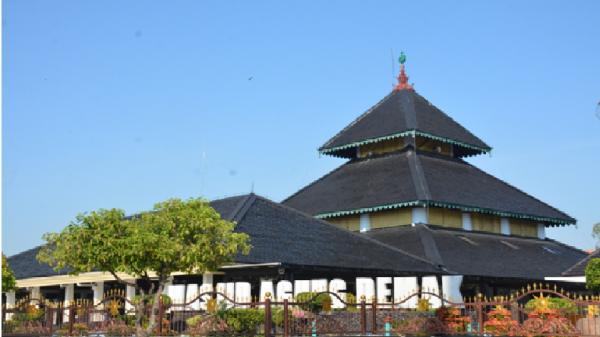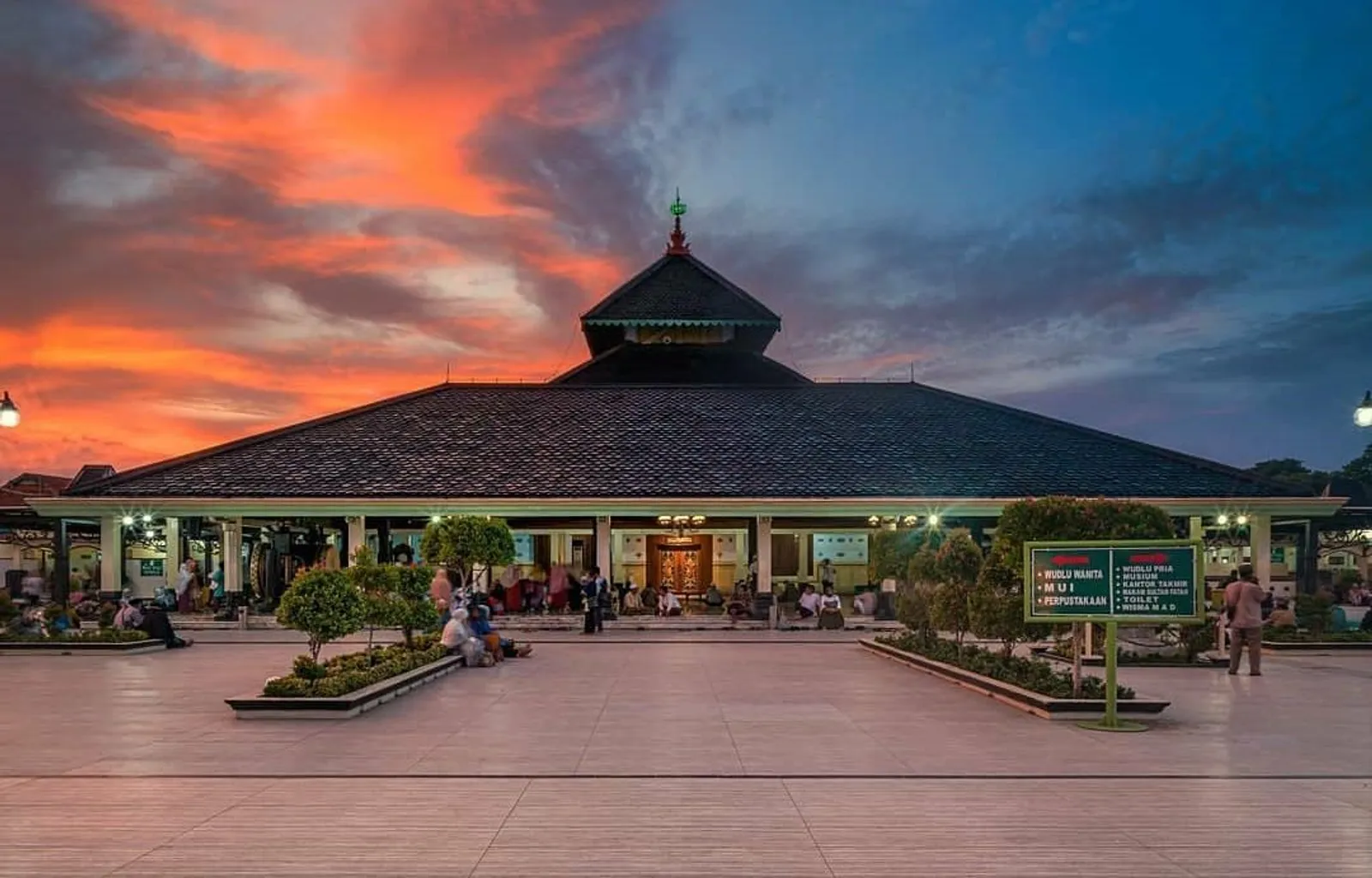JJS Jateng Gayeng, DEMAK - The Great Mosque of Demak is one of the oldest mosques in Indonesia. The mosque is located in Kauman village, Bintoro sub-district, Demak district, Demak regency, Central Java. The Great Mosque of Demak is also an icon of religious tourism in Demak Regency with the tomb of Sunan Kalijaga, in Kadilangu Demak. The Great Mosque of Demak also stands majestically in the center or heart of Demak Regency.
Talking about the Great Mosque of Demak will never end to be discussed. The Great Mosque of Demak is also a witness to the history of the spread of Islam in Demak and on the island of Java. So we need to discuss and learn together about the uniqueness and history of the Great Mosque of Demak.
The Great Mosque of Demak also tells and proves the fusion of various cultures. Islamic culture, Javanese culture and Chinese culture as a symbol of inter-ethnic togetherness. This mosque is said to be told to be enough for one night and at dawn can be used for morning prayers in congregation. But keep in mind the preparation and carpentry process takes a long time.
This mosque is believed to have been a gathering place for scholars (wali) who spread Islam in Java called Walisongo. The name Demak the city of guardians is based on Demak as the center of the meeting of the nine guardians and this mosque was founded complete Nine guardians. The founder of this mosque is thought to be Raden Fatah, the first king of the Demak Bintoro Sultanate around the 15th century AD.
Raden Fatah and the Wali Songo founded this charismatic mosque by drawing a picture similar to a bulus. This is a memetic candra sengkala, meaning "Sirna Ilang Kertaning Bumi" which means the year 1401 Saka. The bulus image consists of a head that means the number 1 (one), 4 legs means the number 4 (four), the bulus body means the number 0 (zero), the bulus tail means the number 1 (one). From this symbol, it is estimated that the Great Mosque of Demak was established in 1401 Saka and this mosque was founded on 1 Shafar.
The mosque has main buildings and porticoes associated with the eight saka of Majapahit. The main building has four main pillars called saka guru. One of the main pillars is said to have come from wood fragments made by Kanjeng Sunan Kalijaga, hence the name saka tatal.
The foyer building is an open building and the roof is in the form of a pyramid supported by eight pillars called Saka Majapahit. The pyramid roof of the Mosque consists of three parts depicting Iman, Islam, and Ihsan. In this mosque there is also a "Bledeg Door" the door of lightning, which was drawn by Ki Ageng Selo containing candra sengkala, which can be read "Naga Mulat Salira Wani" with the meaning of the year 1388 Saka or 1466 AD, or 887 AH.
At the location of the Demak Great Mosque complex, there are several tombs of the kings of the Demak Sultanate including Sultan Fatah who was the first king of the Demak sultanate and his servants. There are also tombs of Raden Patiunus as the second king and Raden Trenggono as the third king. In this complex there is also the Demak Great Mosque Museum, which contains various things about the history of the Demak Great Mosque.



Comments